Episimus Life Tables
Overview
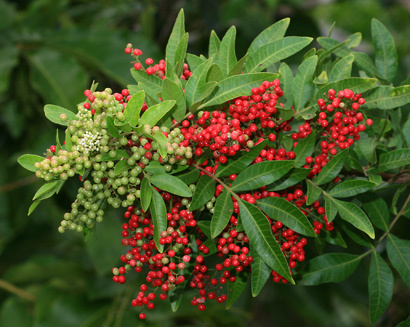
My Role
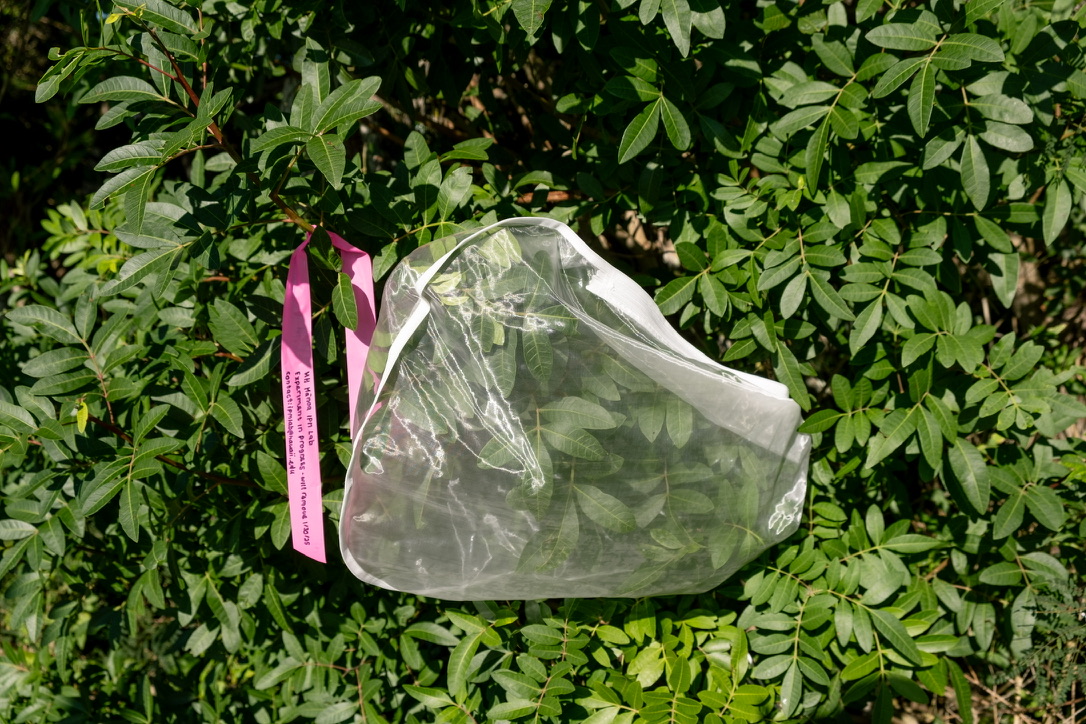
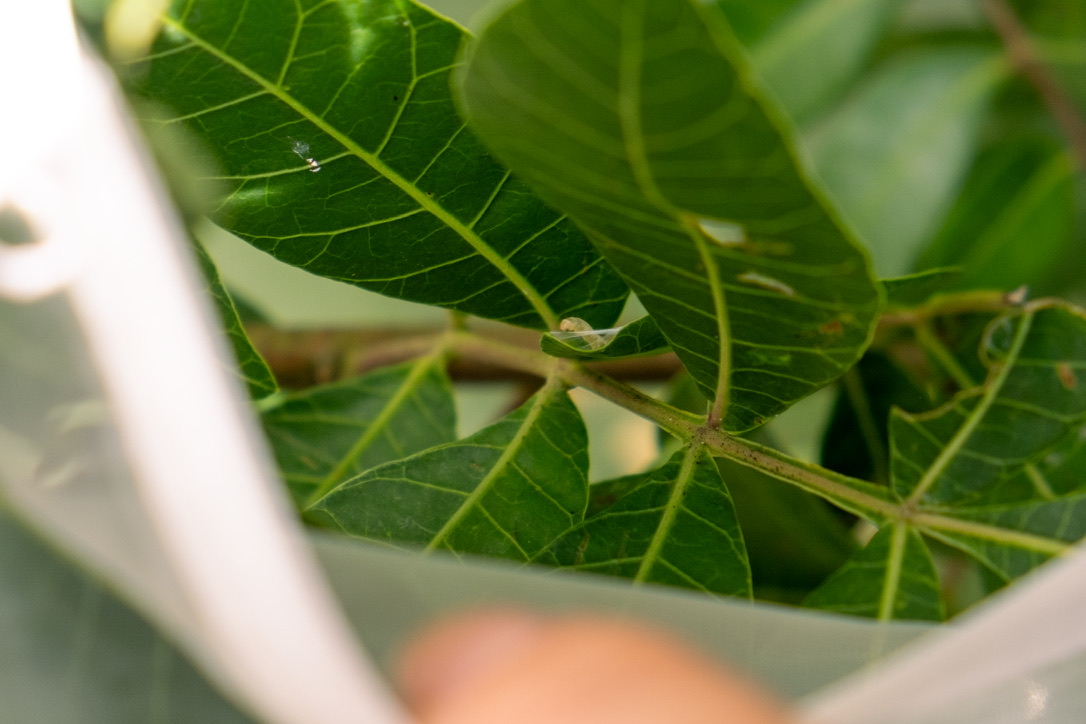
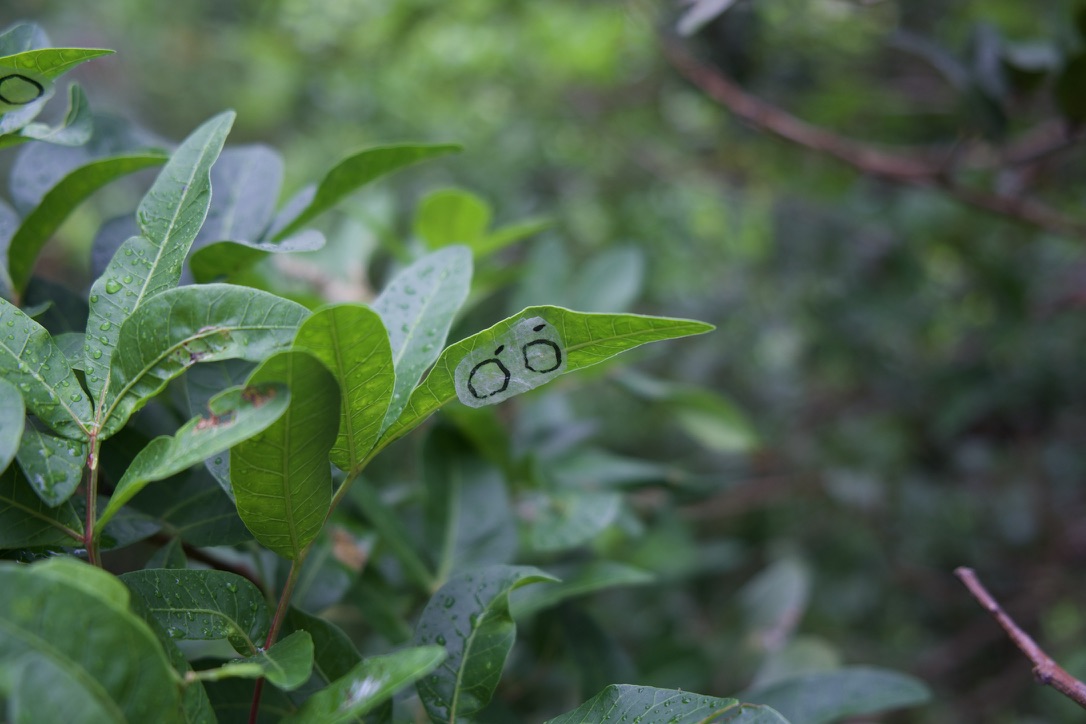
I play a role in both the laboratory and field components of this study. In the lab, I assist with the rearing of the moth population, ensuring the survival of caterpillars through all five instars and monitoring their transition to pupae and adults.
Beyond the lab, I assist in field experiments where we deposit Episimus caterpillars of different instars onto Christmas berry plants in natural environments. By monitoring survival rates, we assess how effectively the caterpillars suppress the invasive plant. These experiments also allow us to investigate why biocontrol effectiveness has declined. We suspect that predation and parasitization are major factors, so we document any signs of caterpillar loss, potential predators, and parasitoid activity in different locations. By comparing survival rates across multiple field sites, we hope to identify patterns in environmental pressures that could explain reduced effectiveness. I track life history data, including instar mortality rates, pupation success, and adult emergence, constructing life tables to quantify survival at each stage on the Christmas Berry plants in our field experiments. These controlled observations help establish a baseline for understanding the moth’s life cycle and how environmental factors may be affecting its population dynamics and as a result, how they may be affecting the moth’s viability as a biocontrol agent to the invasive plant. Understanding these factors is crucial for improving biocontrol strategies, whether by modifying release methods, identifying more favorable locations for caterpillar introduction, or supplementing the population with laboratory-reared individuals.
What Have I Learned so Far?
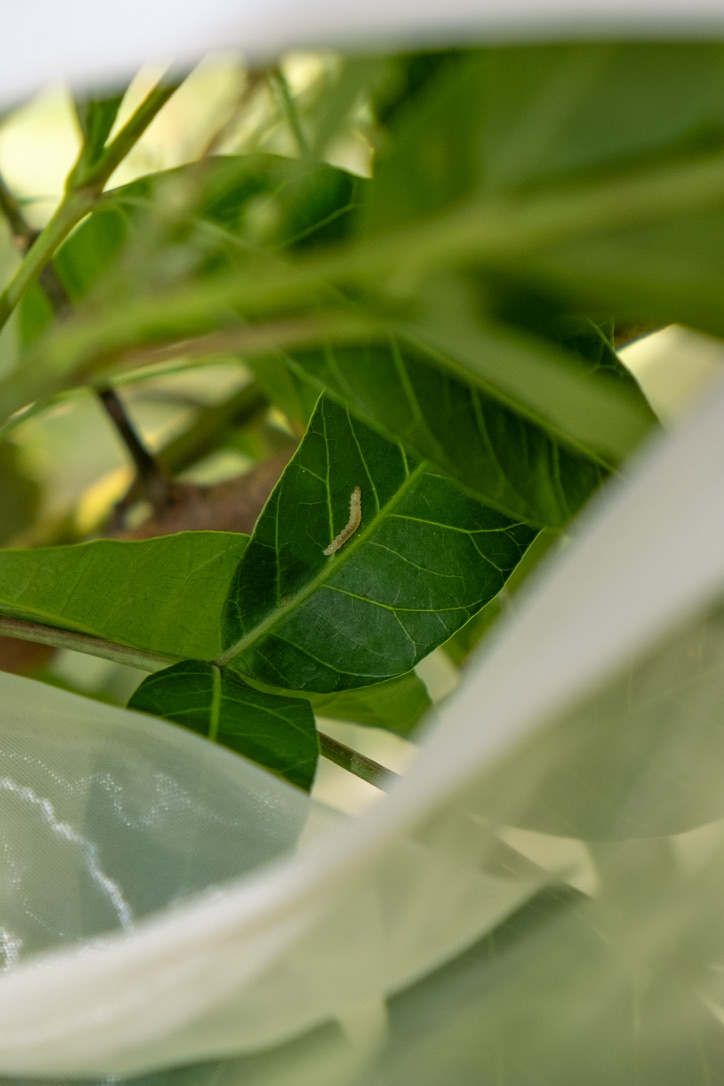
Future Plans
Moving forward, our research will focus on determining how to increase the effectiveness of the Episimus moth as a biocontrol agent to Christmas Berry trees. We can possibly do this by optimizing release strategies to increase survival rates or investigating potential solutions to counteract predation and parasitization. Ultimately, our goal is to refine biocontrol practices to enhance the long-term suppression of Christmas berry while ensuring ecological safety. By improving our understanding of Episimus utilis and its interactions with Hawaii’s environment, we contribute to more sustainable invasive species management that protects native ecosystems.